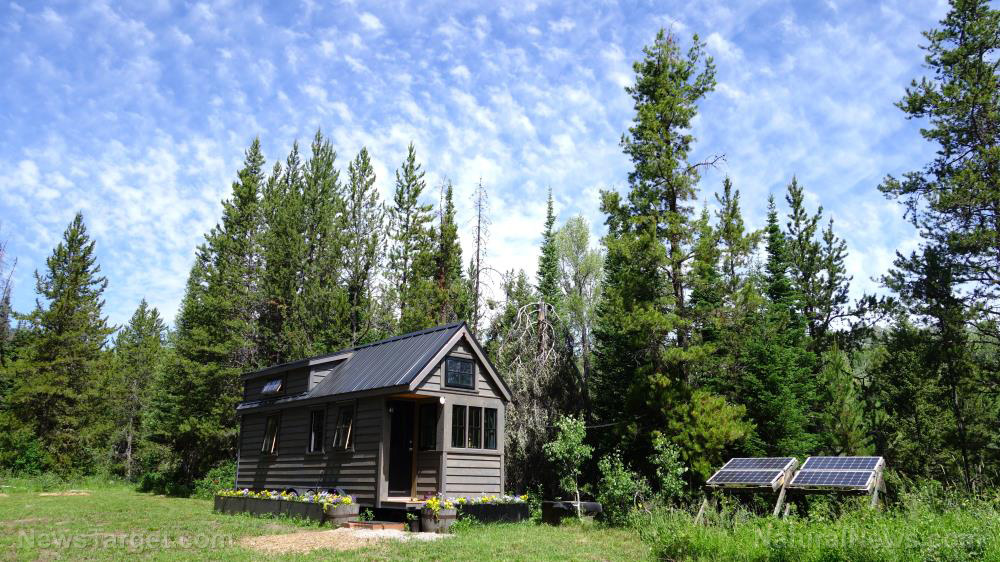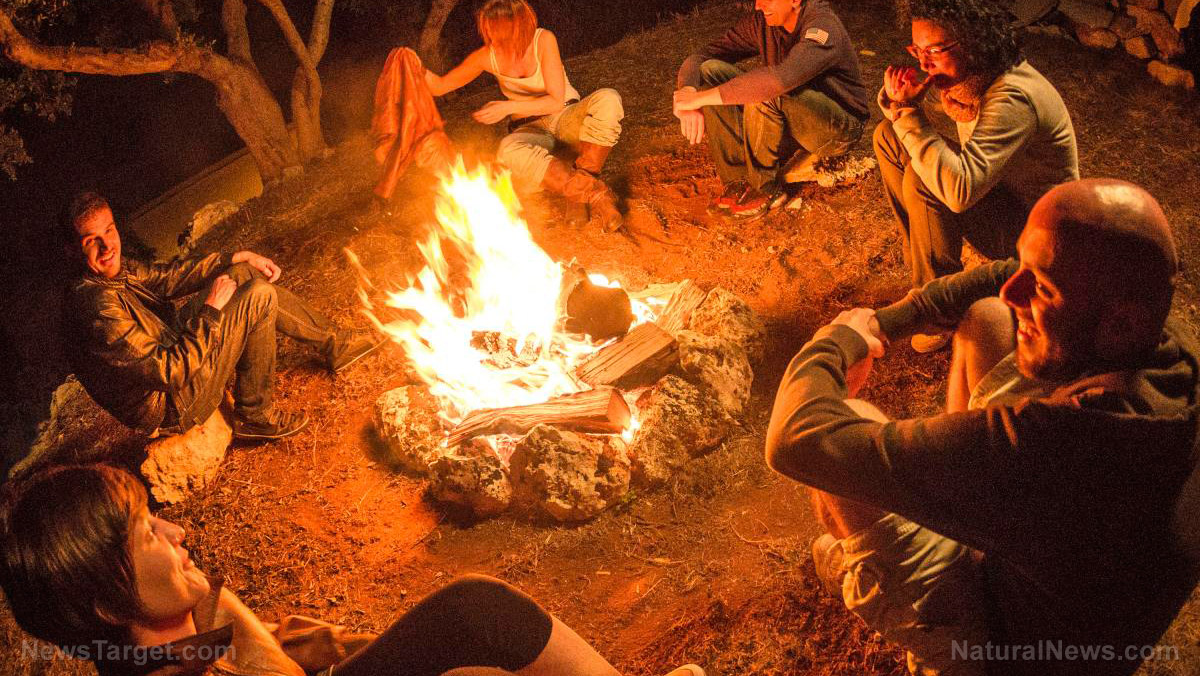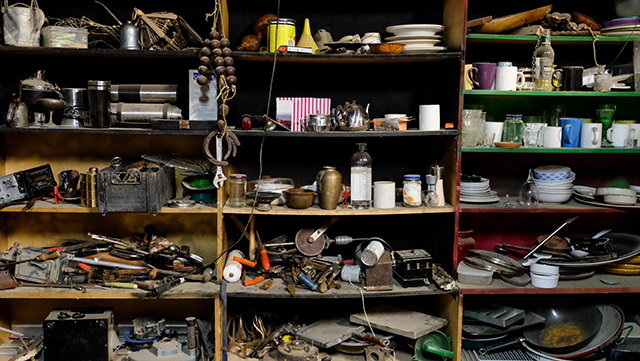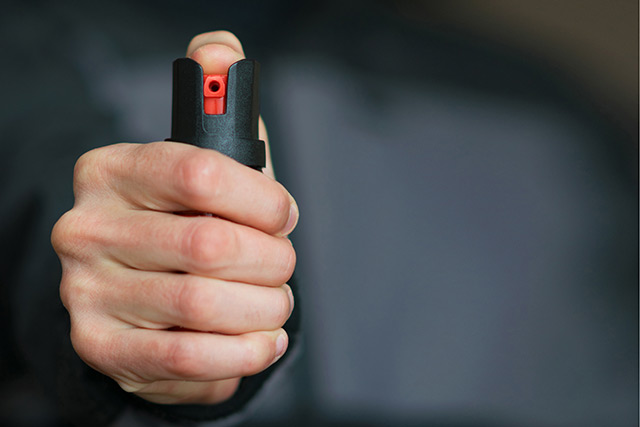Debunking common survival myths
06/25/2019 / By Mary Miller

Whether you’re bugging out, living off the grid, or facing an emergency, every decision you make counts. There’s a reason why preppers only follow tried and true survival strategies. It is generally better to learn directly from those who are more experienced than you, rather than experiment on your own using untested survival methods when SHTF. Otherwise, you could end up following nothing more than a common survival myth or old wives’ tale. If you’re lucky, it simply won’t work, and it won’t leave you with any unintended consequences. In the worst case scenario, however, it could end up costing you your life. Here are a few common survival myths you need to stop believing. (h/t to ApartmentPrepper.com)
Rubbing your skin can treat frostbite
Frostbite occurs when your skin is exposed to below freezing temperatures, causing the formation of ice crystals in or under your skin. Your gut instinct might be to rub your skin and warm it up using friction. Unfortunately, this will only make your frostbitten skin worse. Instead of melting the ice, rubbing your skin will only cause the ice crystals to lacerate your skin, damaging it even further. What you should do instead is slowly raise your ambient and core body temperature. You can also use herbal remedies to alleviate your frostbite. (Related: Natural remedies for frostbite.)
Sucking on a snakebite will remove the poison
Regardless of what the movies tell you, trying to suck the venom out of a snakebite will only aggravate your situation. Not only will this further damage the bite area, but it will also increase your risk of infection by exposing the wound to bacteria-laden saliva. Rather than trying to suck out the venom, you should focus on keeping your heart rate down and applying pressure to the wound. Dress the wound with a bandage, making sure it is tight enough to reduce circulation, but not so much that it cuts off the blood flow completely. You can help slow the spread of venom by keeping the bite area as far below the heart level as possible. Seek medical attention immediately.
Consuming plants that you see animals eat will save you from starvation
When SHTF, you might need to forage for food to ward off starvation. However, you can survive several days without food, and it is much easier to deal with starvation than food poisoning. You might be tempted to munch on a few berries because you saw the local wildlife nibbling on them earlier, but just because certain plants are edible to the animals living in the area doesn’t mean that these plants are fit for human consumption. Many herbs, mushrooms, and berries are safe for animals to eat but are poisonous to humans. Familiarize yourself with the plants that you can eat and learn to avoid those that you can’t. Do not consume anything you cannot positively identify.
Drinking your own urine can keep you hydrated
Dehydration is a much more dire threat than starvation. While you might be able to survive a week without food, you probably won’t last more than three days without water. That said, drinking your own urine is neither safe nor hygienic, and it will certainly not hydrate you. Instead, it will only reintroduce excreted waste material back into your body. Your kidneys will then have to work overtime to filter out this waste from your body, worsening your dehydration. Urine might not be for drinking, but it can help to keep you cool in hot climates. You can use your urine to dampen your clothing. As your urine evaporates, it will produce a cooling effect on your skin.
However common they might be, following these prepping myths can easily get you killed when SHTF. Don’t be so quick to believe everything you see in the movies. It is important to arm yourself with reliable information, because when you need it the most, your life may depend on it.
Sources include:
Tagged Under: bug out, bug out bag, deburnked myths, drinking urine, emergencies, frostbite, homesteading, myths, off grid, outdoors, preparedness, prepper, Preppers, prepping, prepping myths, safety, self sufficiency, SHTF, snakebite, survival, survival myths, Survival Tips, survivalist
RECENT NEWS & ARTICLES
COPYRIGHT © 2017 DISASTER NEWS


















